How Weighted Blankets Can Help Kids With Autism
The weighted blankets have long been used in a form of occupational therapy known as sensory integration therapy. The therapy is used to help people with autism and other disorders focus on sensory experiences that experts say can boost their ability to regulate their emotions and behavior. The weighted blanket is one of the tools therapists use to create deep touch and pressure, May-Benson said. [Sources: 8]
There are a number of ways a weighted blanket can help children with autism. By increasing serotonin levels, reducing anxiety, improving concentration at school, and reducing the frequency of meltdowns, weighted ceilings can address a number of challenges these children face. Research has shown that weighted blankets increase serotonin levels in the body. They are also a convenient way to experience the benefits of deep contact and pressure therapy at home. [Sources: 5]
Another reason weighted blankets help improve sleep is that they calm the nervous system and have been shown to reduce anxiety. Anxiety is one of the factors preventing children with autism from falling asleep. The final reason they help is that weighted ceilings are heavy enough to reduce throwing and spinning. Weighted blankets are also a great way to improve the transition from one activity to another, which can be a problem for a child with autism. [Sources: 9]
It is recommended not to leave a child under 5 years of age alone with a child who is not strong enough to move away from the ceiling, unsupervised, without a weighted blanket. Better Sleep, a Canadian company with physiotherapists specializing in sensory processing disorders, has developed a lightweight blanket for children who have difficulty falling asleep or falling asleep. Slumber with a light blanket can be a great addition to your family evening routine, whether you're draped over your children's legs for a late-night movie or snuggled up next to them for the story.
A weighted blanket is suitable for all ages to alleviate anxiety, depression, attention disorders, sleep problems and health concerns. Caregivers who see a person with autism on the verge of a meltdown can put on a weighted blanket to provide the low-pressure therapy needed to calm the child before a storm of full-blown tantric behavior occurs. The weighted blanket not only works well for autism, but is becoming mainstream as people and health professionals recognize its many benefits. [Sources: 4]
Weighted blankets have been suggested as a possible tool to help children with autism spectrum disorders improve their sleep quality. Let us take a look at what they claim to be able to do and how they can use it. Just because a weighted blanket seems to do something doesn't mean it is. [Sources: 7]
One study found that deep touch pressure had a positive effect on children's task behavior in terms of fine motor skills and writing, as well as an effect on better sitting behavior when using a weighted blanket. A weighted blanket has also been shown to reduce self-stimulating behaviours known as fidgeting and mood swings. Another study mentioned the use of weighted vests, but the benefit was the same whether the weighted blanket was draped over the legs, shoulders, or a small weighted lap pad.
Self-stimulating fidgeting has been shown to block focus in many autistic people, which has been shown to be reduced with the help of a weighted blanket. A weighted blanket draped over the child's shoulders or between the child's legs has proven to be calming and allows the child to focus on a competing task. The blanket can soothe the child, as it gives him a feeling of well-being conveyed by its ability to use deep tissues, which enables better concentration. [Sources: 4]
It makes them feel rewarded. People with ASD often feel that sensory stimuli around them, such as noise or touch, are too intense. This can make activities such as playing, working and socializing more challenging. The pressure of a weighted blanket can help provide comfort, feel stimulating and allow them to relax. [Sources: 2]
For children with ASD and other related diseases, a good night's sleep can be a challenge. For years, doctors and occupational therapists have been using weighted blankets to give their patients a full and deep sleep. [Sources: 6]
Sensor-weighted ceilings are exactly what you're looking for. A weighted blanket, also known as an autism sensor blanket, is filled with a material that exerts deep pressure and stimulation on the wearer. It can be filled with glass beads, cotton or other materials that add weight to the body and give a feeling of security and relaxation. It is used to promote sleep and reduce anxiety during the day. [Sources: 1]
Using a weighted blanket for the first time with an autistic child or adult can ease the new feelings for a few days. Small heads get restful rest and sleep with the weight, and in combination with a weighted object that covers your body during the day, it can set up your kidney for better concentration and learning. Finally, let us answer two frequently asked weighted general questions. [Sources: 0]
A blanket that is soft, warm and cozy is a good start. Wrapping yourself in a blanket can feel like a huge hug with just the right blanket. A heavy blanket can be more comforting and healthier than its lighter counterpart. [Sources: 2]
Weighted ceilings vary in size, shape, color and material, depending on what you prefer. Some blankets have a few extra pounds, so they are ideal for small children. Others with £20 or more are more suitable for adults. A weighted blanket is filled with tiny plastic pellets that make it heavier. [Sources: 2]
In the autism community, weighted blankets are used by occupational therapists (OTs) to calm and comfort restless and stressed people. They are also used to help with sleep and anxiety disorders that occur in people with autism spectrum disorders. OTs and their patients seem to prefer the use of weighted blankets over conventional blankets. The scientific benefits and benefits for children with autism are obvious. [Sources: 3]
Studies conducted on weighted blankets and other intaglio tools such as weighted vests are small and lack some aspects that should be included in more rigorous studies, such as a control group. It is also a little less clear whether weighted blankets are their own therapy. [Sources: 8]
One of the characteristic studies used to promote the weighted ceiling was conducted in 1999 under the leadership of Temple Grandin, an animal science professor who suffers from autism herself. Other studies have looked at the effects of other types of high-pressure blankets on children. [Sources: 8]
Sources:
[0]: https://bearaby.com/blogs/the-lay-low/weighted-blanket-autism
[1]: https://www.autismparentingmagazine.com/weighted-blankets-autism/
[2]: https://www.pennmedicine.org/updates/blogs/health-and-wellness/2019/february/weighted-blankets
[3]: https://www.healthline.com/health/autism/weighted-blanket
[4]: https://www.ghostbed.com/pages/benefits-of-weighted-blankets-for-autism
[5]: https://www.sensacalm.com/blogs/news/how-to-find-the-best-weighted-blanket-for-autism
[6]: https://www.todaysparent.com/family/special-needs/weighted-blankets-for-children-with-autism-adhd-and-anxiety/
[7]: https://napacenter.org/weighted-blanket-autism/
[8]: https://www.livescience.com/59315-weighted-blankets-faq.html
There are a number of ways a weighted blanket can help children with autism. By increasing serotonin levels, reducing anxiety, improving concentration at school, and reducing the frequency of meltdowns, weighted ceilings can address a number of challenges these children face. Research has shown that weighted blankets increase serotonin levels in the body. They are also a convenient way to experience the benefits of deep contact and pressure therapy at home. [Sources: 5]
Another reason weighted blankets help improve sleep is that they calm the nervous system and have been shown to reduce anxiety. Anxiety is one of the factors preventing children with autism from falling asleep. The final reason they help is that weighted ceilings are heavy enough to reduce throwing and spinning. Weighted blankets are also a great way to improve the transition from one activity to another, which can be a problem for a child with autism. [Sources: 9]
It is recommended not to leave a child under 5 years of age alone with a child who is not strong enough to move away from the ceiling, unsupervised, without a weighted blanket. Better Sleep, a Canadian company with physiotherapists specializing in sensory processing disorders, has developed a lightweight blanket for children who have difficulty falling asleep or falling asleep. Slumber with a light blanket can be a great addition to your family evening routine, whether you're draped over your children's legs for a late-night movie or snuggled up next to them for the story.
A weighted blanket is suitable for all ages to alleviate anxiety, depression, attention disorders, sleep problems and health concerns. Caregivers who see a person with autism on the verge of a meltdown can put on a weighted blanket to provide the low-pressure therapy needed to calm the child before a storm of full-blown tantric behavior occurs. The weighted blanket not only works well for autism, but is becoming mainstream as people and health professionals recognize its many benefits. [Sources: 4]
Weighted blankets have been suggested as a possible tool to help children with autism spectrum disorders improve their sleep quality. Let us take a look at what they claim to be able to do and how they can use it. Just because a weighted blanket seems to do something doesn't mean it is. [Sources: 7]
One study found that deep touch pressure had a positive effect on children's task behavior in terms of fine motor skills and writing, as well as an effect on better sitting behavior when using a weighted blanket. A weighted blanket has also been shown to reduce self-stimulating behaviours known as fidgeting and mood swings. Another study mentioned the use of weighted vests, but the benefit was the same whether the weighted blanket was draped over the legs, shoulders, or a small weighted lap pad.
Self-stimulating fidgeting has been shown to block focus in many autistic people, which has been shown to be reduced with the help of a weighted blanket. A weighted blanket draped over the child's shoulders or between the child's legs has proven to be calming and allows the child to focus on a competing task. The blanket can soothe the child, as it gives him a feeling of well-being conveyed by its ability to use deep tissues, which enables better concentration. [Sources: 4]
It makes them feel rewarded. People with ASD often feel that sensory stimuli around them, such as noise or touch, are too intense. This can make activities such as playing, working and socializing more challenging. The pressure of a weighted blanket can help provide comfort, feel stimulating and allow them to relax. [Sources: 2]
For children with ASD and other related diseases, a good night's sleep can be a challenge. For years, doctors and occupational therapists have been using weighted blankets to give their patients a full and deep sleep. [Sources: 6]
Sensor-weighted ceilings are exactly what you're looking for. A weighted blanket, also known as an autism sensor blanket, is filled with a material that exerts deep pressure and stimulation on the wearer. It can be filled with glass beads, cotton or other materials that add weight to the body and give a feeling of security and relaxation. It is used to promote sleep and reduce anxiety during the day. [Sources: 1]
Using a weighted blanket for the first time with an autistic child or adult can ease the new feelings for a few days. Small heads get restful rest and sleep with the weight, and in combination with a weighted object that covers your body during the day, it can set up your kidney for better concentration and learning. Finally, let us answer two frequently asked weighted general questions. [Sources: 0]
A blanket that is soft, warm and cozy is a good start. Wrapping yourself in a blanket can feel like a huge hug with just the right blanket. A heavy blanket can be more comforting and healthier than its lighter counterpart. [Sources: 2]
Weighted ceilings vary in size, shape, color and material, depending on what you prefer. Some blankets have a few extra pounds, so they are ideal for small children. Others with £20 or more are more suitable for adults. A weighted blanket is filled with tiny plastic pellets that make it heavier. [Sources: 2]
In the autism community, weighted blankets are used by occupational therapists (OTs) to calm and comfort restless and stressed people. They are also used to help with sleep and anxiety disorders that occur in people with autism spectrum disorders. OTs and their patients seem to prefer the use of weighted blankets over conventional blankets. The scientific benefits and benefits for children with autism are obvious. [Sources: 3]
Studies conducted on weighted blankets and other intaglio tools such as weighted vests are small and lack some aspects that should be included in more rigorous studies, such as a control group. It is also a little less clear whether weighted blankets are their own therapy. [Sources: 8]
One of the characteristic studies used to promote the weighted ceiling was conducted in 1999 under the leadership of Temple Grandin, an animal science professor who suffers from autism herself. Other studies have looked at the effects of other types of high-pressure blankets on children. [Sources: 8]
Sources:
[0]: https://bearaby.com/blogs/the-lay-low/weighted-blanket-autism
[1]: https://www.autismparentingmagazine.com/weighted-blankets-autism/
[2]: https://www.pennmedicine.org/updates/blogs/health-and-wellness/2019/february/weighted-blankets
[3]: https://www.healthline.com/health/autism/weighted-blanket
[4]: https://www.ghostbed.com/pages/benefits-of-weighted-blankets-for-autism
[5]: https://www.sensacalm.com/blogs/news/how-to-find-the-best-weighted-blanket-for-autism
[6]: https://www.todaysparent.com/family/special-needs/weighted-blankets-for-children-with-autism-adhd-and-anxiety/
[7]: https://napacenter.org/weighted-blanket-autism/
[8]: https://www.livescience.com/59315-weighted-blankets-faq.html
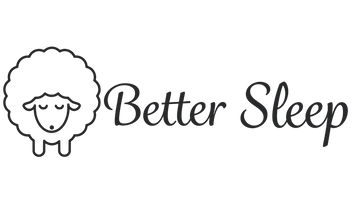

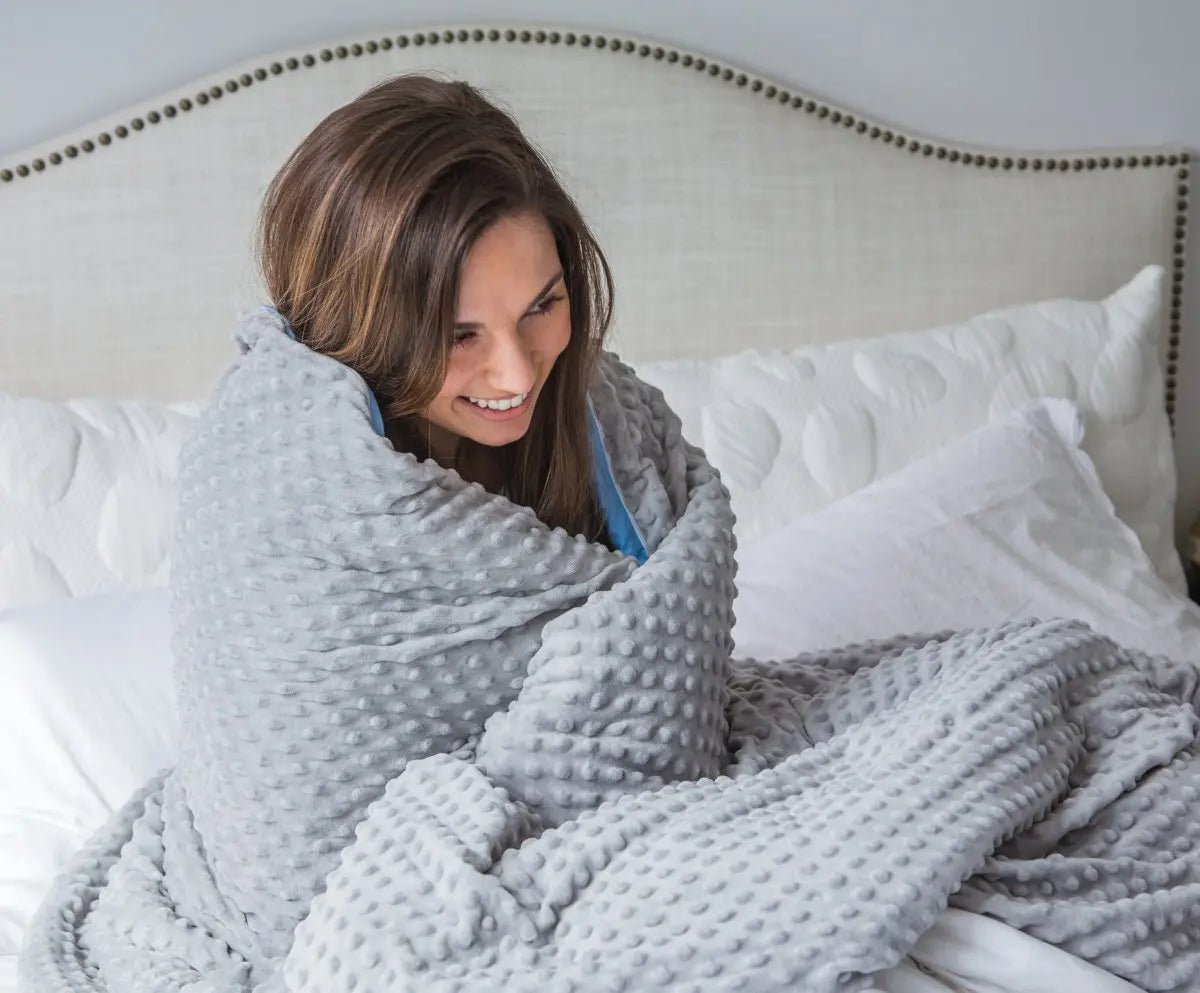
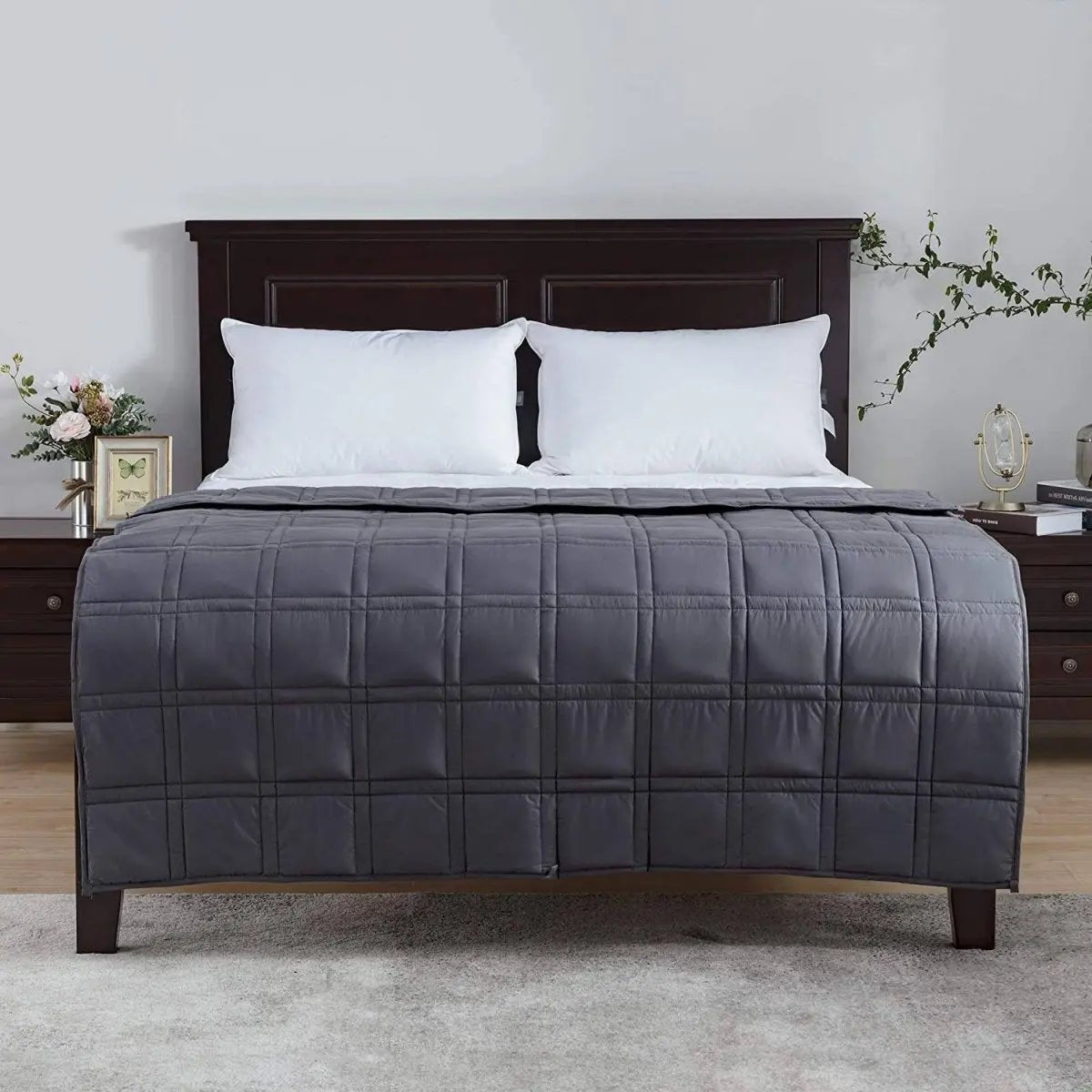
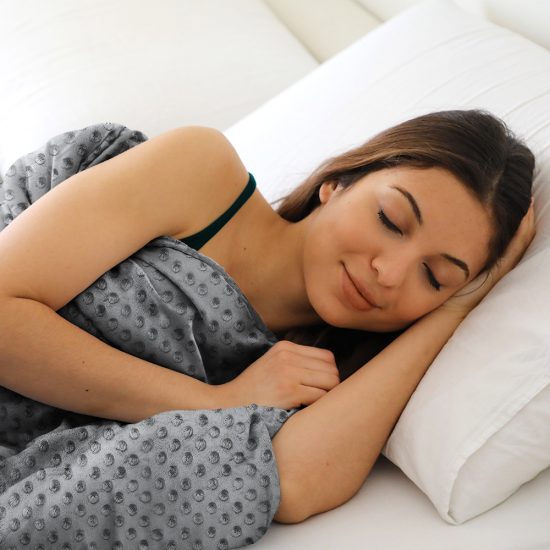
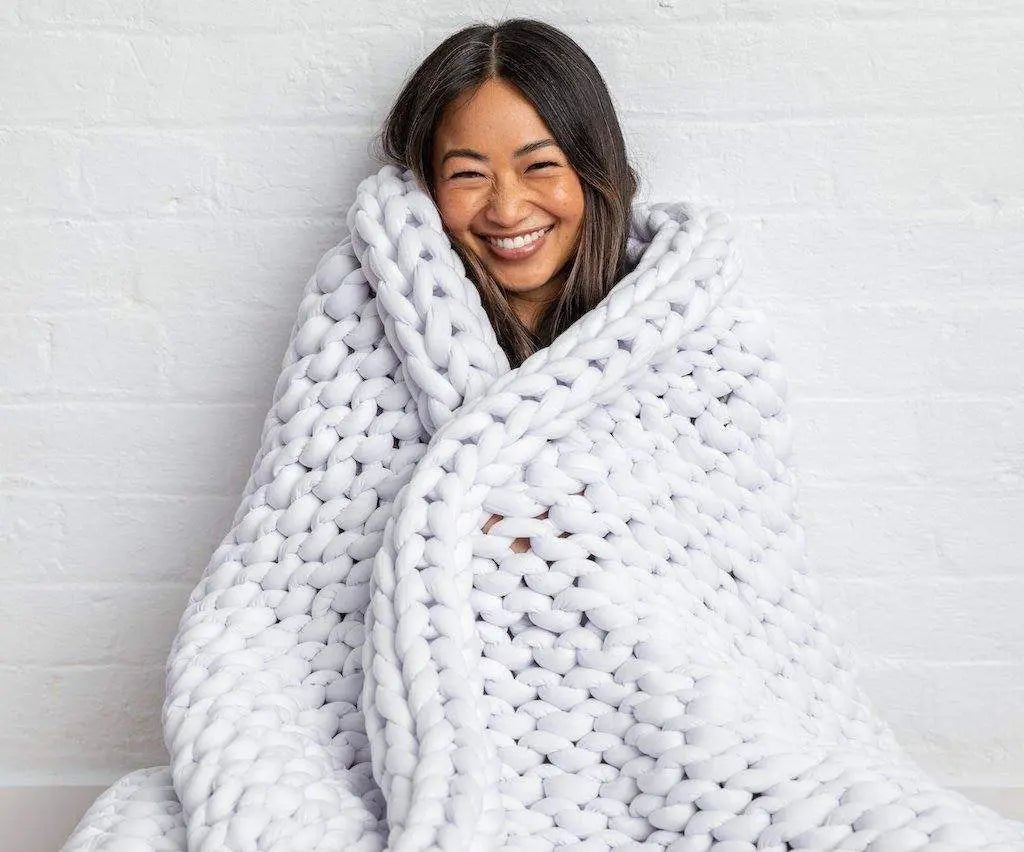
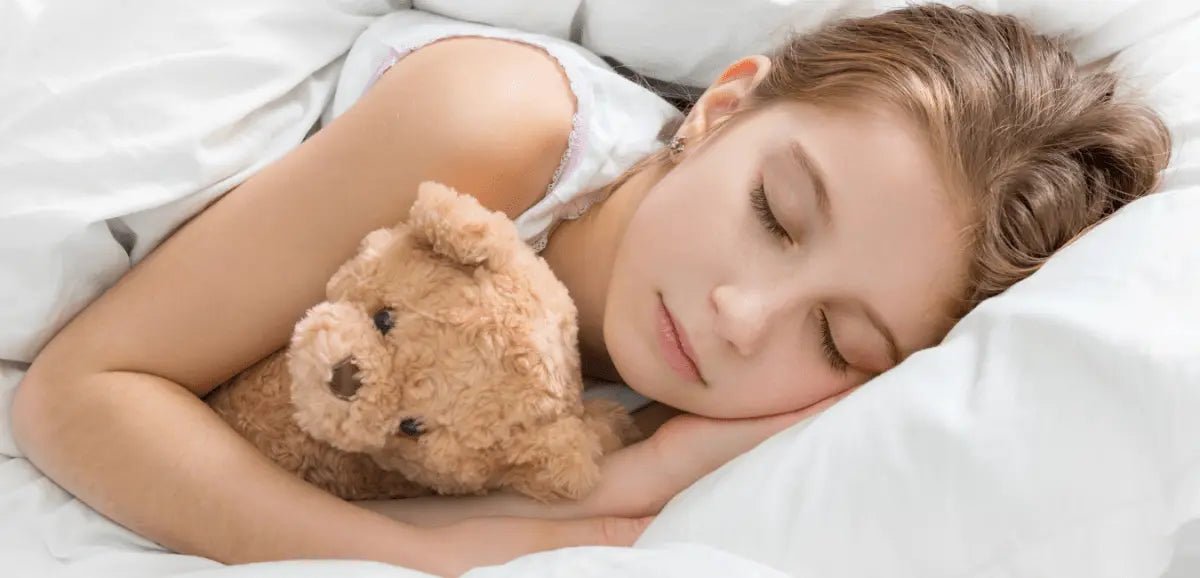

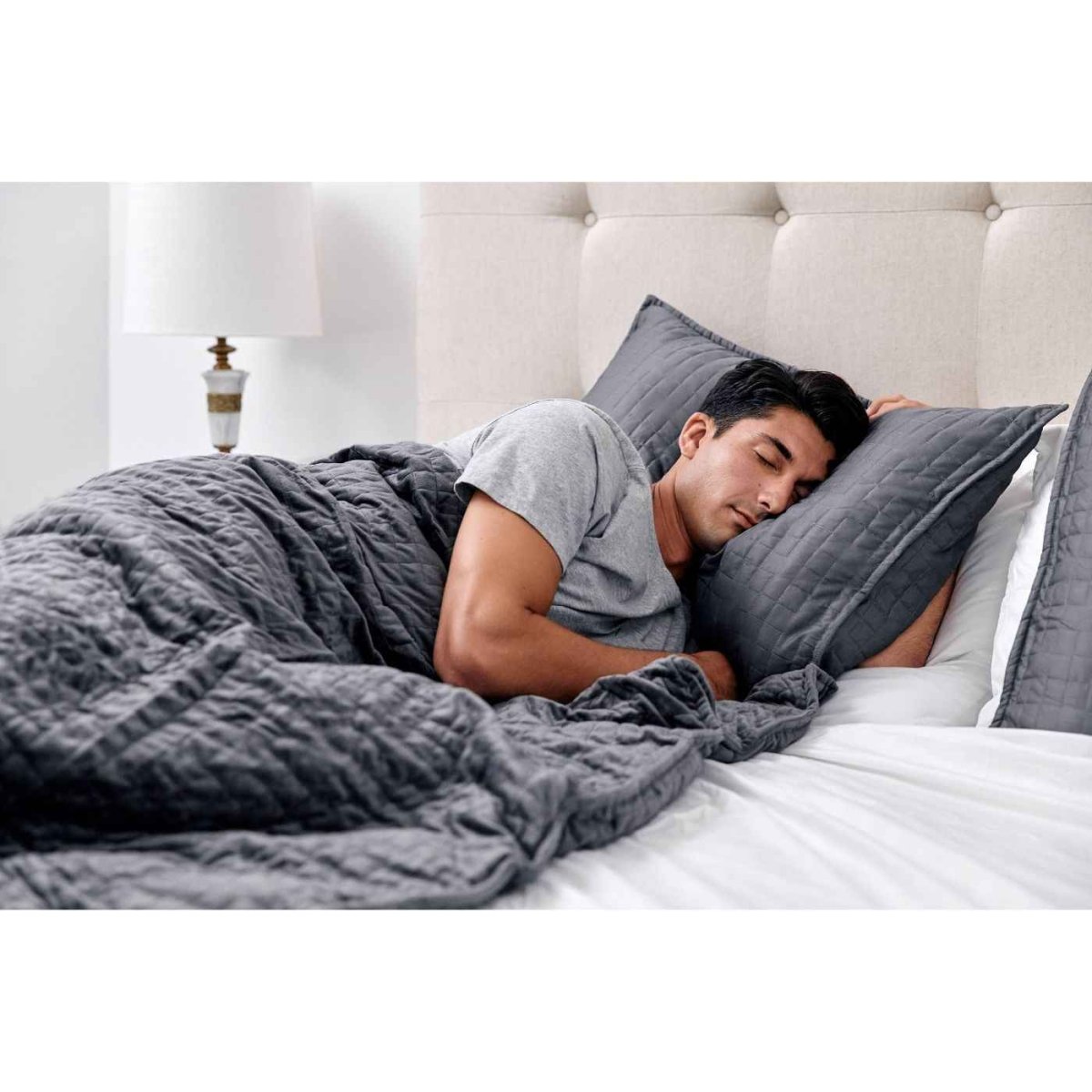
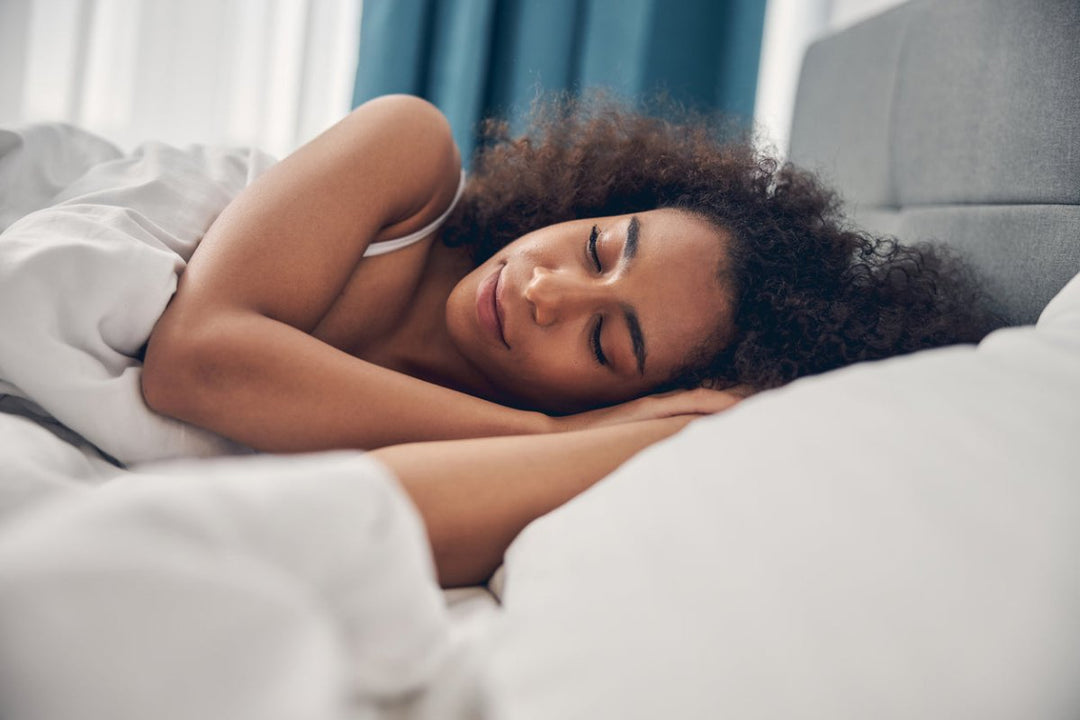
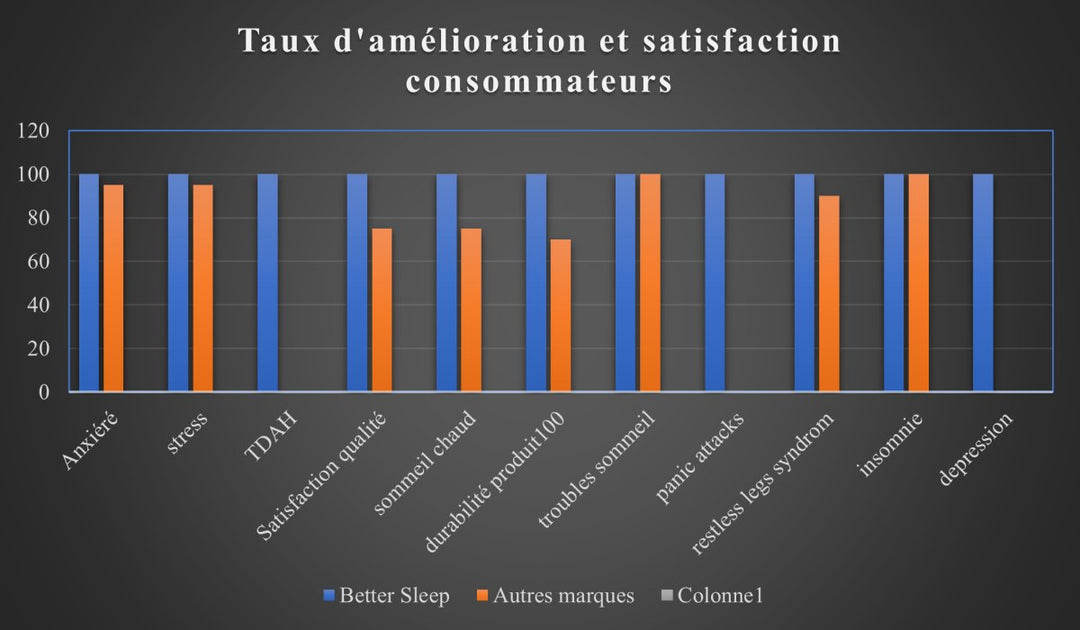

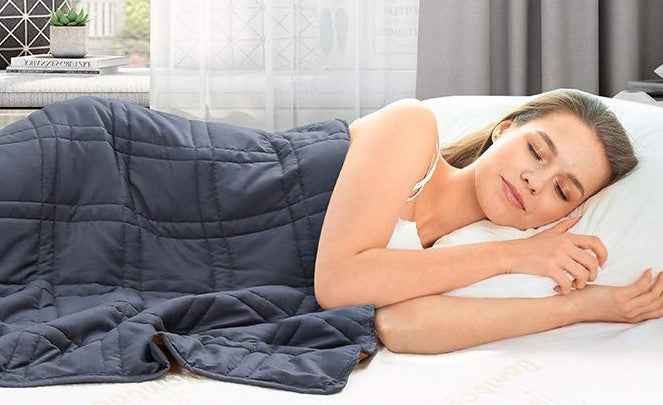
Leave a comment